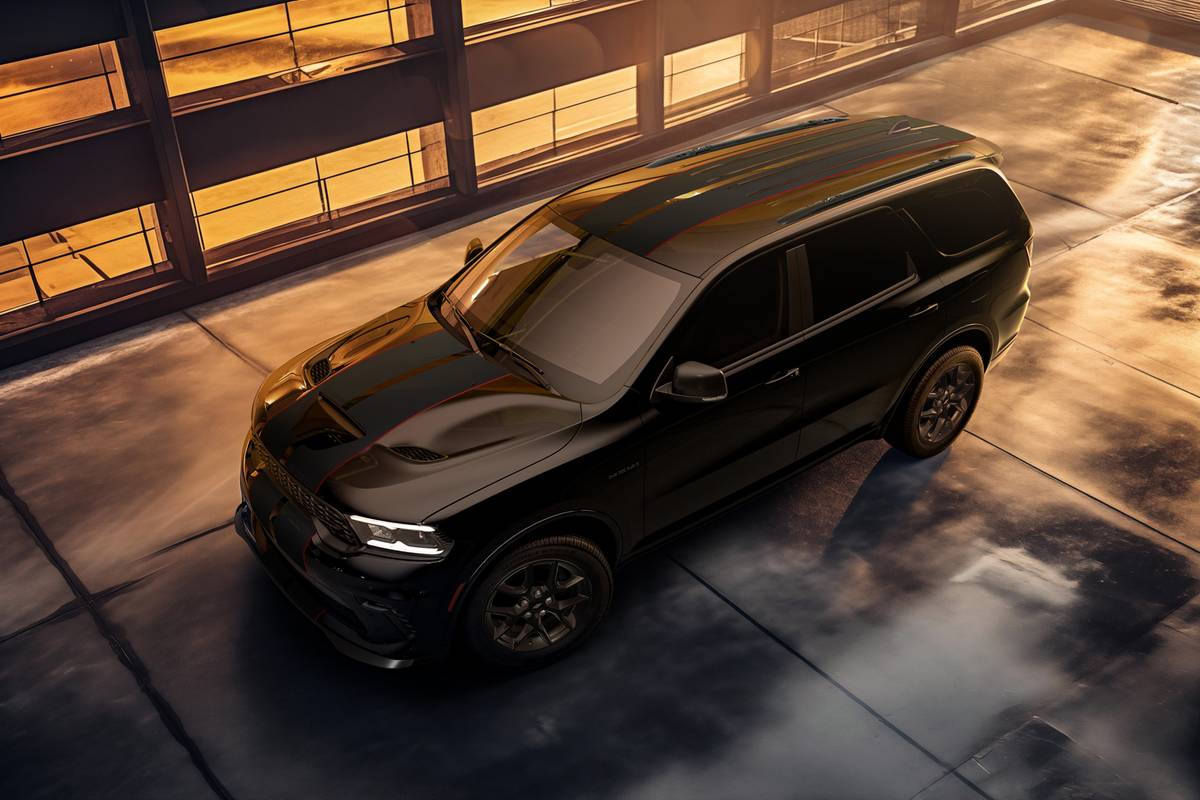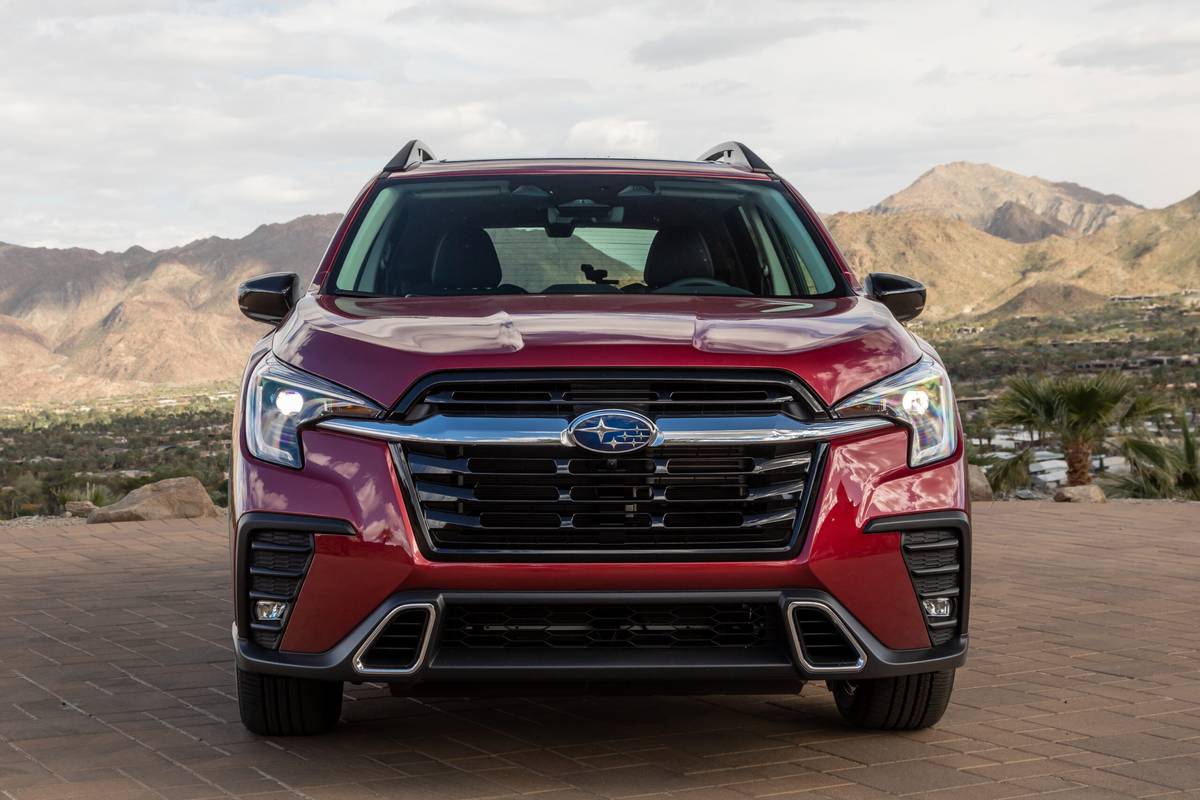Orlando Sentinel's view
It’s one of the oldest vehicles in the Chevrolet lineup, and with more than 3 million sales since its 1982 introduction, Cavalier is also the best-selling car in the Chevy stable.
For the 1995 model year Chevy’s elder statesman gets an injection of adrenalin to keep it going – all-new aerodynamic sheet metal on a vehicle that had been showing its wedge-shaped age, increased interior dimensions in a car that seemed to be getting more cramped as it got older, and dual air bags for a vehicle that sported but a single cushion in a world demanding safety in pairs.
One item Chevy didn’t fool with was the anti-lock brakes. In ’95, as in ’94, they are standard.
Just about every change you might have wanted in Chevy’s popular front-wheel-drive subcompact sales leader was made for 1995 so it could compete with the likes of that Chrysler upstart, the Dodge/Plymouth Neon.
Cavalier starts the model year in what you might call abbreviated form – only base coupe and sedan and dressed up LS sedan versions, powered only by a 120-horsepower, four-cylinder engine featuring only a three-speed as the automatic transmission choice. A five-speed manual transmission is standard.
Next spring the lineup will expand to include a Z24 performance coupe, an LS convertible, a beefed-up 2.3-liter, 16-valve, 150-horsepower 4-cylinder; a sports suspension; a four-speed automatic transmission, and traction control. The 2.3-liter engine will be standard in the Z24 coupe and optional in the LS convertible. The four-speed automatic will be standard in the convertible and optional in the Z24 coupe.
If you’ve been paying attention, you might ask, ”What, no V-6?” That’s right, no V-6. In 1994, Chevy offered a 3.1-liter, 140-horsepower V-6, but the automaker says the 2.3-liter engine will deliver 10 more horsepower and should get as good – if not better – mileage than the old 3.1 V-6. Besides, the ’95 Cavalier is almost 2 inches shorter than the ’94, and aV-6 wouldn’t fit.
To attract buyers until the goodies arrive, Chevy has expanded its roadside assistance plan so that if owners of 1995 models have a flat tire or dead battery, help is on the way – free for three years or 36,000 miles.
Here are some impressions of the 1995 Cavalier, driven at a recent media preview.
The 2.2-liter four-cylinder in the base coupe and sedan seems lively enough with the three-speed automatic. The car performs about the same as a Saturn with the base engine – a 1.9-liter, 100-horsepower four-cylinder.
The Cavalier seemed to have some rumble tuned into the exhaust to give the impression the engine is a bit more energetic than it really is. When the air conditioner is on, however, the exhaust sound effects can’t camouflage the engine’s groan when more power is demanded.
The main attraction of the 2.2-liter engine is its mileage – 25 mpg city/32 highway with the three-speed automatic. Those who want optimum performance will have to wait for the Z24 coupe in the spring with its 150-horsepower engine and four-speed automatic.
Chevy is counting on an early onslaught from buyers eager about the introduction of standard dual air bags in Cavalier, which can now compete with the Neon as well as Cavalier’s GM cousin, the Saturn, which adds dual bags for the first time for 1995.
New look is roomier
You’ll appreciate that the ’95 Cavalier is roomier than the old model. The wheelbase has been stretched to 104.1 inches from 101.3 inches, even though the car’s overall length is two inches shorter than in 1994. The coupe and sedan are more than an inch taller and wider than the model they replace. A huge windshield and large side and rear glass area provide the feeling of spaciousness and allow for above-average front, side and rear vision. That adds to the safety equation.
The added width gives you room to stretch your arms and legs, although the side-wing seat bolsters in the coupe are a bit too confining compared with those in the sedan. Two adults can fit more comfortably in the sedan’s back seat than the coupe’s, which is saddled with a shoulder belt barricade that you have to hurdle.
A few bugs to iron out
We also drove the four-door Cavalier LS sedan – the best of the current lot. Even with 15-inch tires, however, it feels as if the car could use more tread. Take a turn sharply and you feel as if you are riding the sidewall. The sports suspension coming in the spring should help.
As with the base coupe and sedan, the 2.2 feels as if it could use a few more horses to maneuver the hills and more insulation to tone down the racket. Once up to about 50 mph the noise eases considerably.
One annoyance with this car is that the sun visors are too narrow. A couple of extra inches of width would offer more glare protection.
As with the base models, the armrests are slim so as not to rob hip room for driver and front-seat passenger, and the controls are easy to see and use.
The Cavalier features a huge windshield, and side/rear windows for very good visibility and the feeling of roominess. The dash top is expansive, somewhat like the Lumina minivan. A large dash gives you the feeling that there is lots of crush space between you and anything you might run into. Outside mirrors also are very large so you can see what’s approaching from the side or rear.
All Cavaliers offer power brakes and steering, stainless steel exhaust, side window defoggers, tinted glass, Scotchgard fabric protector and carpeting as standard. The LS package comes with three-speed automatic transmission, body-colored bumpers, air conditioning, AM/FM stereo with digital clock, remote trunk lid release and trip odometer.
The bottom line: Just about every change you might have wanted has been made in Chevy’s popular front-wheel-drive sales leader.
Latest news



